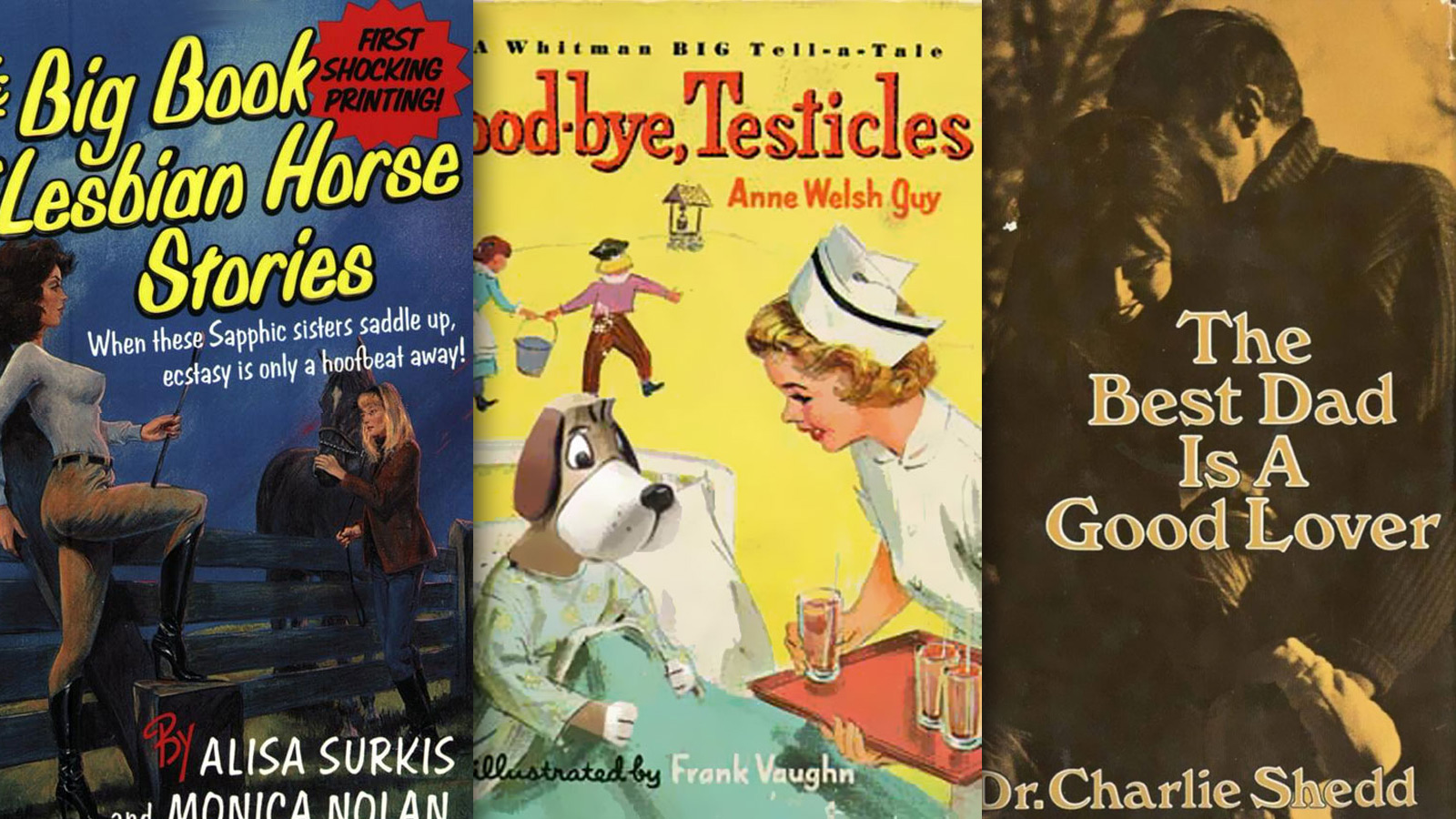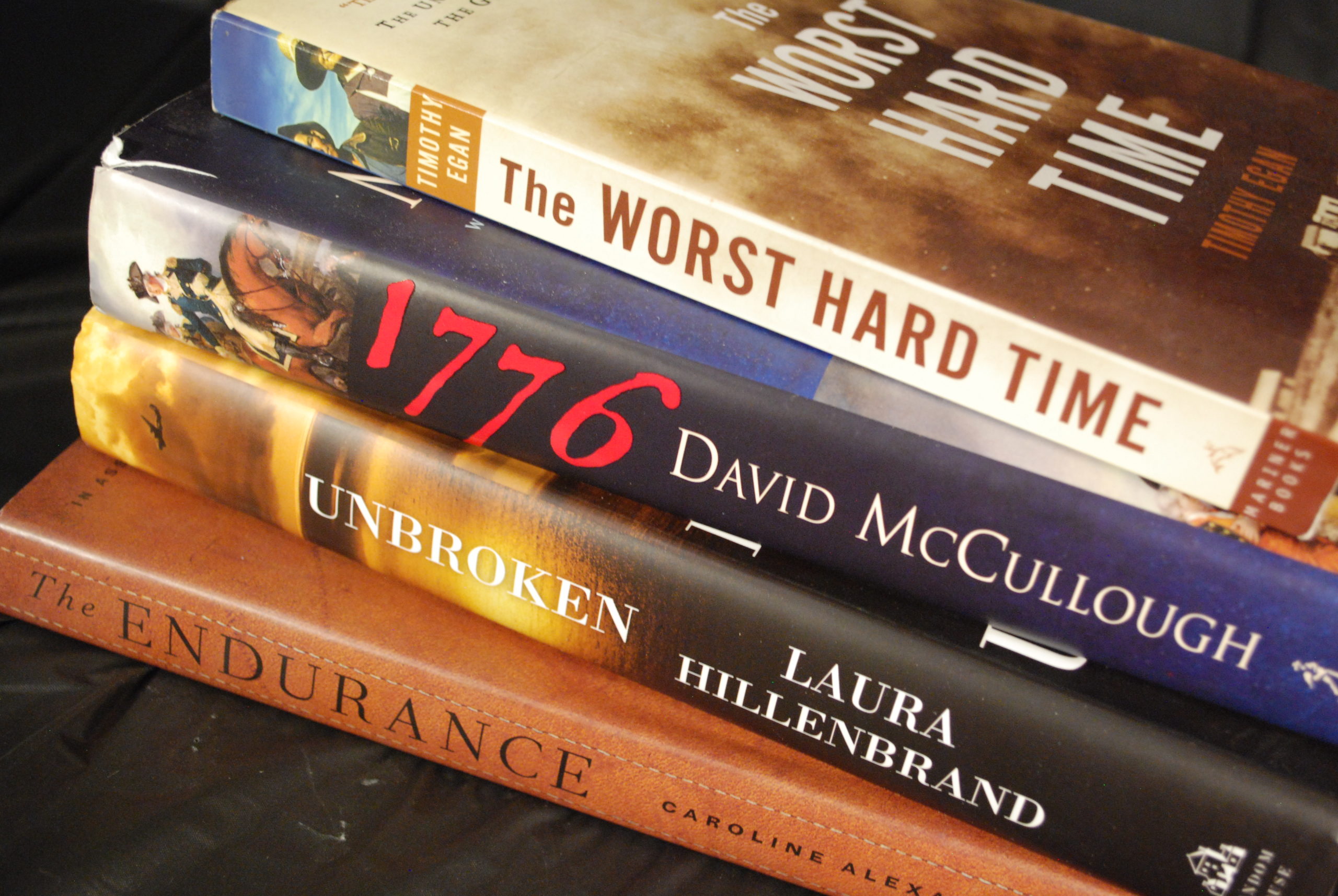

But more importantly the rich, fertile topsoil and grasslands that had developed over thousands of years was ripped up and replaced by poorly planned farms.

The Indians and bison had been hunted or driven off their land, replaced by land speculators and cattle (and a little later, farmers and crops). Long story short, by the beginning of the 20th century the recipe for disaster on the High Plains was nearly complete. Successive legislation made even harsh land seem like a good opportunity, and within a few decades towns popped up in places they had no business being. Pretty soon all the prime real estate was taken, leaving the formerly undesirable High Plains (essentially the panhandles of Texas and Oklahoma, northeast New Mexico, southeast Colorado, and western Kansas). Eventually the white man started moving into the more hospitable parts of the Midwest, but left the High Plains largely alone.įast forward to the Civil War period, and what was a trickle of settlement became a steady stream with the passage of the Homestead Act in 1862.

In fact, the region was known for a long time as the Great American Desert (although it wasn’t what we think of as a desert, it did contain vast stretches of treeless, semi-arid land). European settlers explored the area but found it unfit for farming. A few hundred years ago the Midwest was a great expanse of grassland, and was home to millions of bison as well as large, thriving Native American tribes. Egan sets the stage with a fascinating history of the region, which wasn’t always the brown, desolate place it would become.


 0 kommentar(er)
0 kommentar(er)
